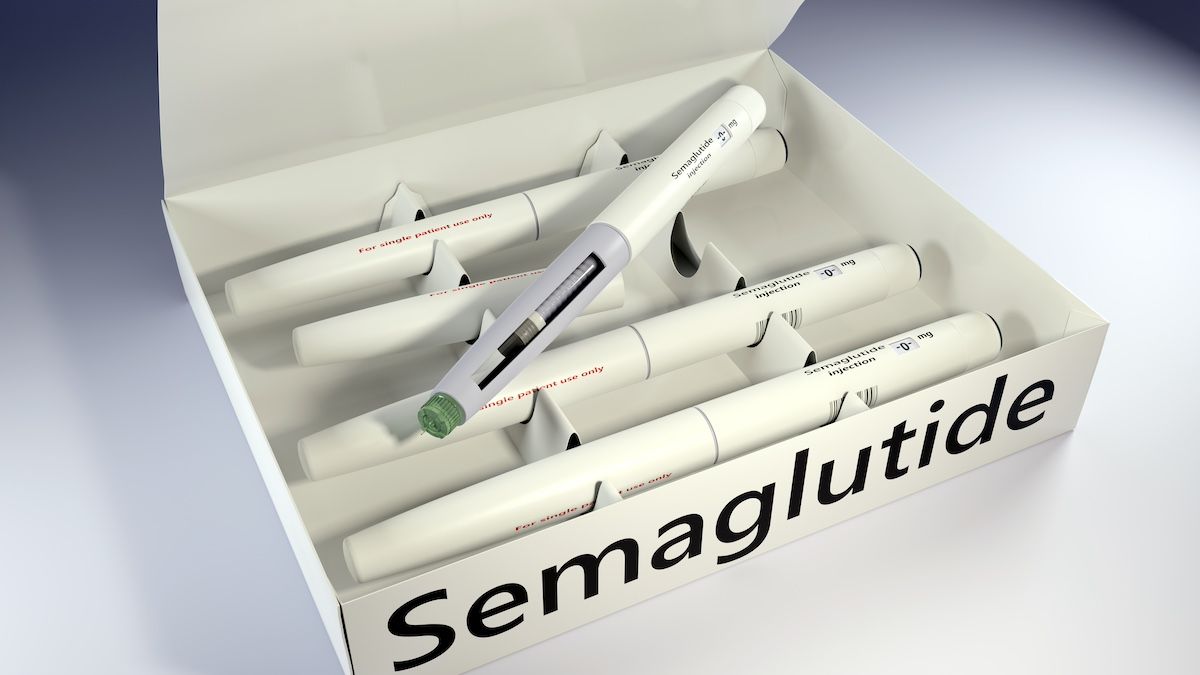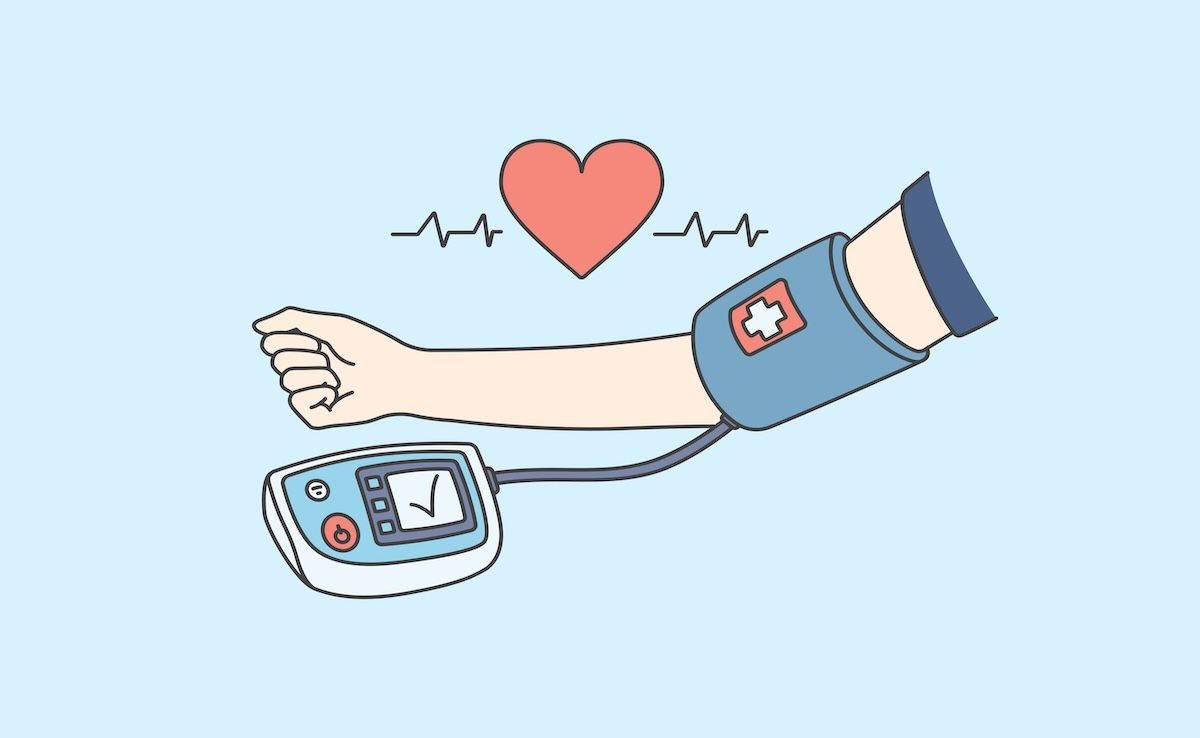Article
ICER to Review Sotatercept for Pulmonary Arterial Hypertension
Author(s):
If approved by the FDA, sotatercept would be the first therapy that acts directly against the cause of the disease.
The Institute for Clinical and Economic Review (ICER) said Monday that it will assess the comparative clinical effectiveness and value of sotatercept, a novel investigational first-in-class therapy for pulmonary arterial hypertension (PAH).
The assessment will be discussed during a meeting of the Midwest CEPAC (Midwest CEPAC) in December, where an independent evidence review panel will deliberate and vote on evidence presented in ICER’s report.
Sotatercept works by blocking the abnormal signaling in the pulmonary blood vessels that cause imbalances between growth inhibiting and growth promoting mediators, including activins. Thus, it acts against the mechanism of PAH that causes narrowing of small blood vessels in the lungs, which in turn limits blood flow from the right side of the heart.
ICER said the project will evaluate the health and economic outcomes of sotatercept and that its value framework “includes both quantitative and qualitative comparisons across treatments to ensure that the full range of benefits and harms–including those not typically captured in the clinical evidence such as innovation, public health effects, reduction in disparities, and unmet medical needs.”
ICER said PAH has direct medical costs estimated at $100,000 per person per year. Fewer than 50,000 persons in the United States have PAH, and it is is more common in women than men.
Current therapies include vasodilators, including oral phosphodiesterase 5 inhibitors, oral endothelin receptor antagonists, oral soluble guanylate cyclase stimulators, and prostacyclin analogues (oral, subcutaneous, or intravenous).
ICER said the draft scoping document includes input from stakeholders, including patients.
As comparators, ICER said it plans to compare sotatercept to standard care as estimated by the placebo arm in clinical trials. It also intends to see if there is a sizeable subgroup of patients for whom additive therapy with either sotatercept or an alternative active agent might be used and considered as a comparator.
Outcomes will include, among others, mortality, improvements in exercise capacity, health related quality of life, risk of clinical worsening, ability to maintain employment, need for lung or heart-lung transplant, and more.
If approved by the FDA, sotatercept would be the first therapy that acts directly against the cause of the disease. Phase 3 results of the drug were presented in March at the 72nd American College of Cardiology (ACC) Scientific Session Together With the World Congress of Cardiology.
Sotatercept has previously received Orphan Drug and Breakthrough Therapy designations from FDA. Published reports estimate that sotatercept will reach the US market in 2024.
ICER performs analyses on the effectiveness and costs of medical tests, treatments, and delivery systems; develops reports assessing the value of key new drugs; and creates initiatives that use evidence to drive changes to both practice and policy.




